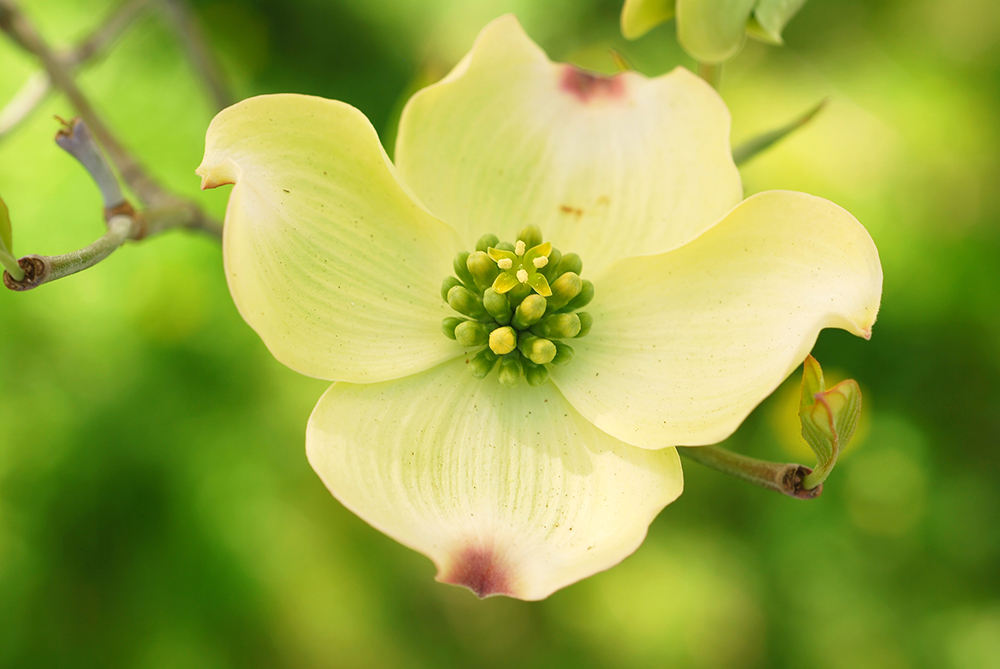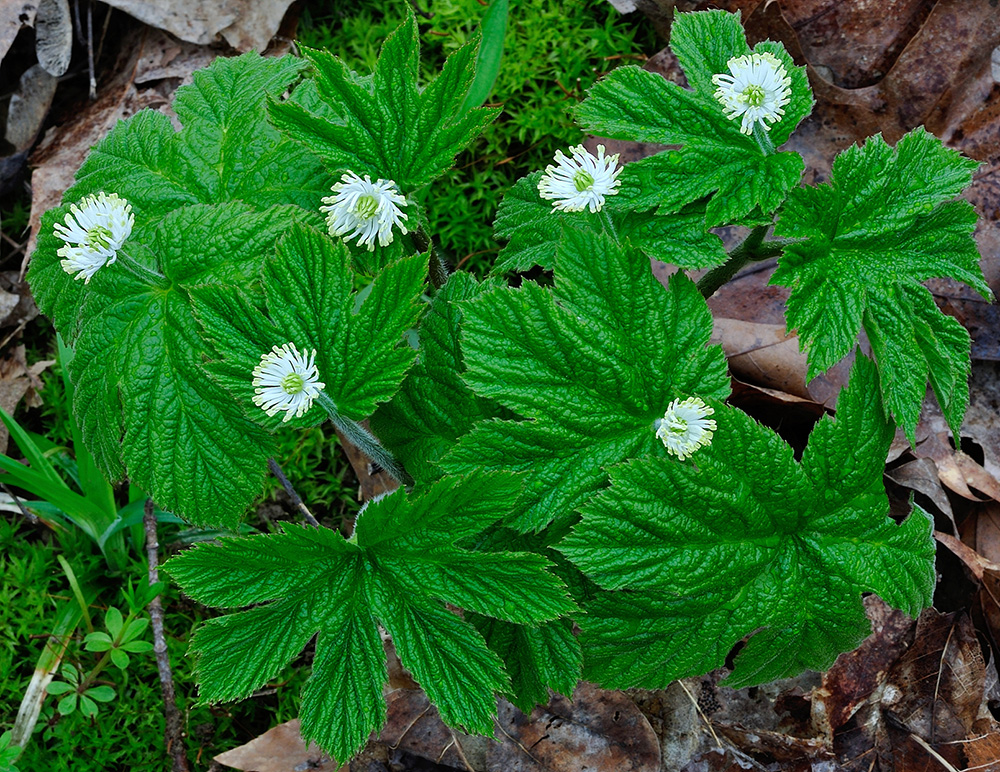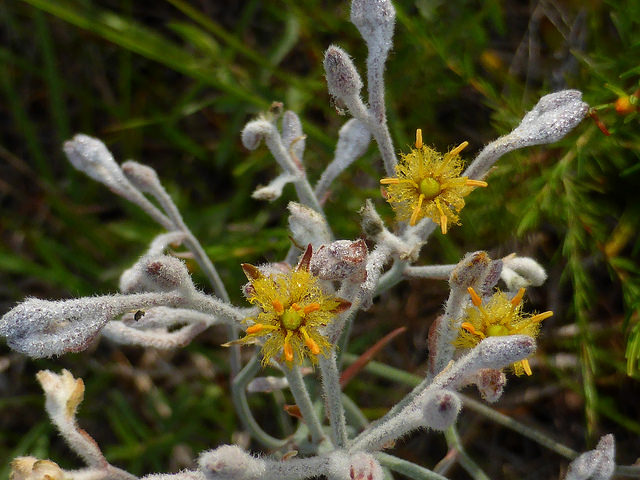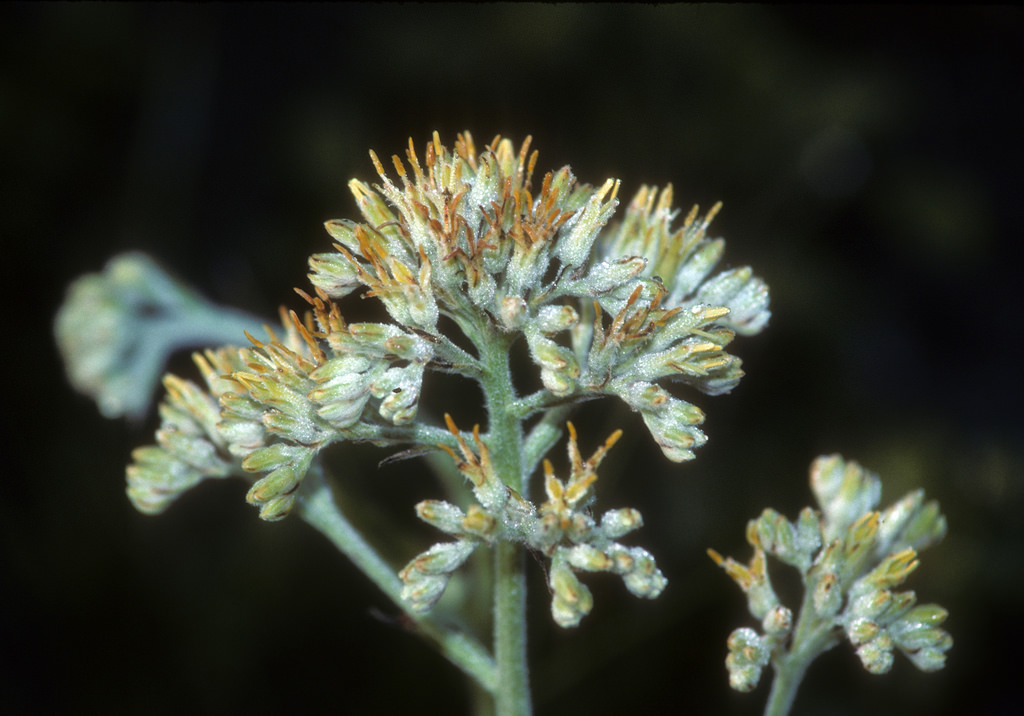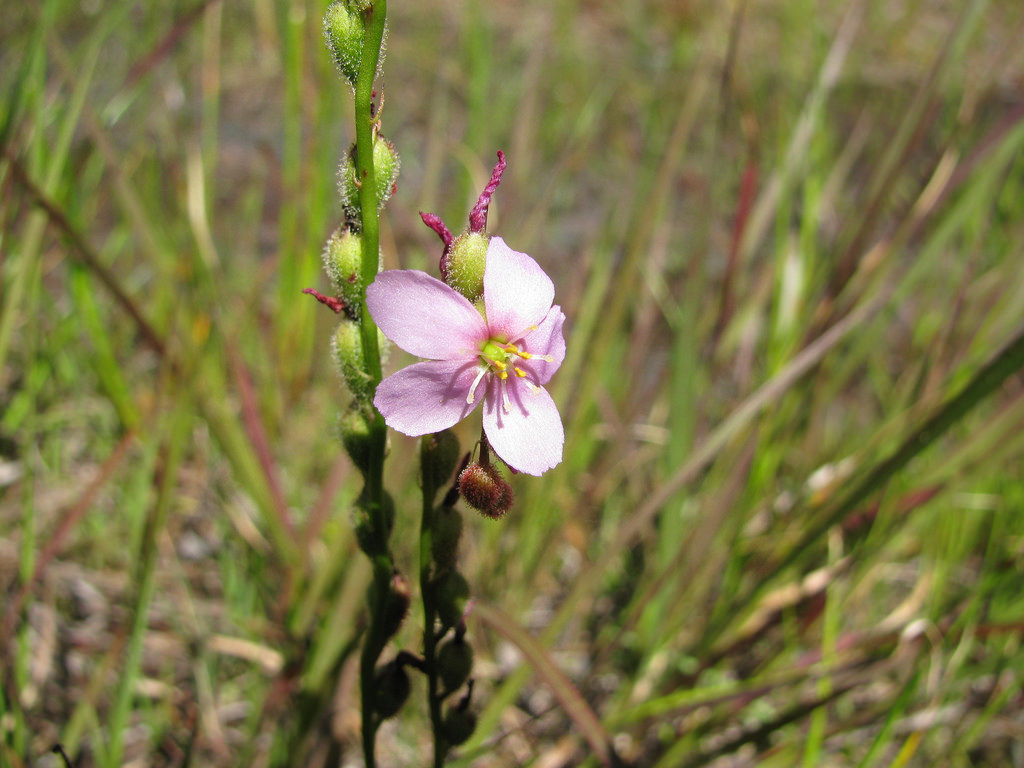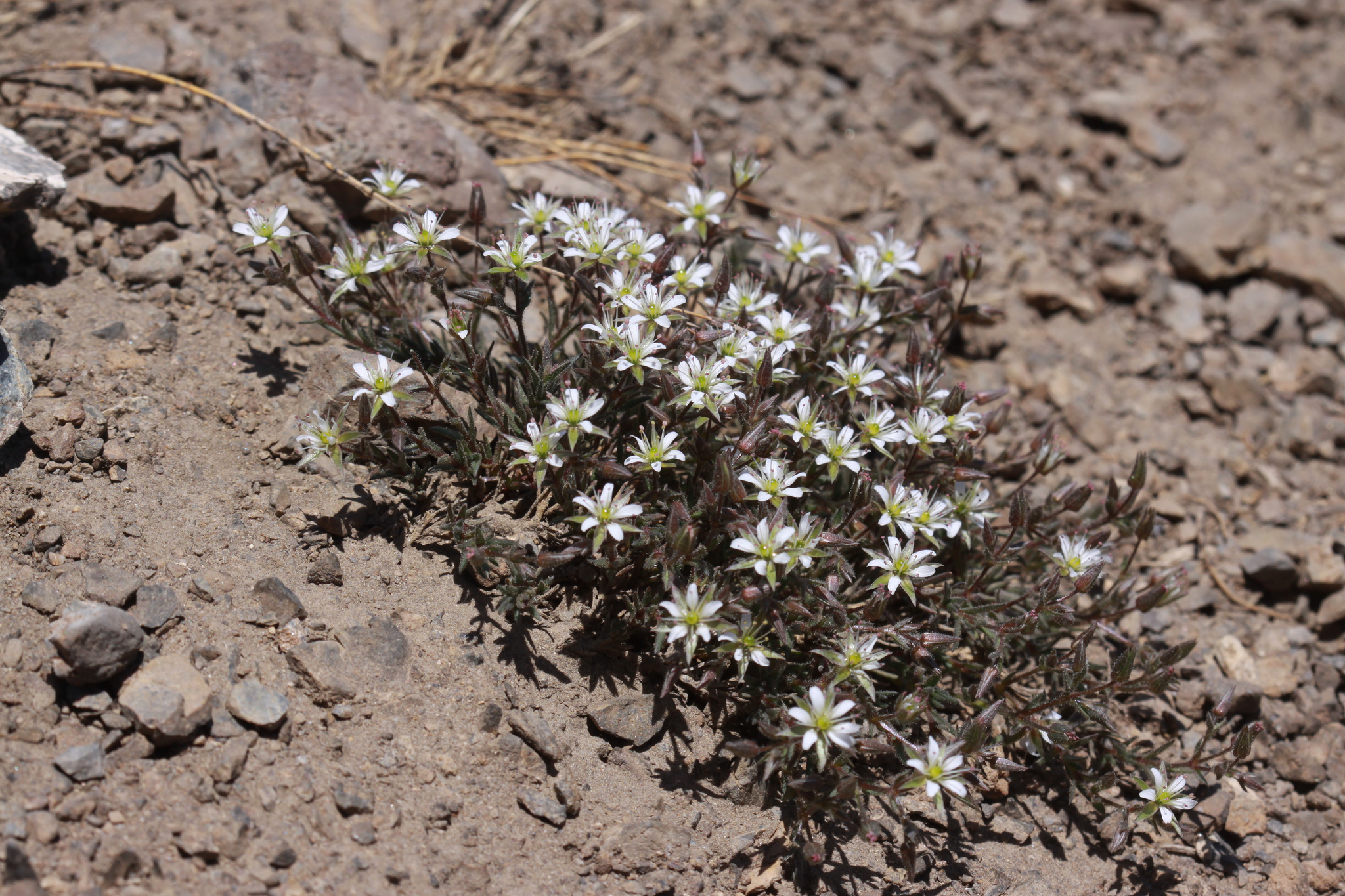A species is endangered if there are threats to its survival. Plants are put at risk for several reasons, including: climate change and the loss of natural habitat to cities, agriculture and industry. In Canada, these activities threaten entire natural ecosystems, such as older forests and Prairie grasslands. As of 2021, 250 plant species are at risk in Canada, according to the Committee on the Status of Endangered Wildlife in Canada. In addition, four are extirpated and one is extinct. The committee’s definition of a wildlife species includes taxonomic categories as well as geographically distinct populations. For example, the bent spike-rush (Eleocharis geniculate) is included on the list of at risk plant species twice, as there are two different populations, one in British Columbia and one in Ontario, facing different threats to their survival. (See also Endangered Animals in Canada.)

Key Terms
|
Native Species |
A species that historically lives in a particular habitat. |
|
Extinct |
The species no longer exists anywhere in the world. |
|
Extirpated |
The species no longer exists in the wild in Canada, but lives elsewhere. |
|
Endangered |
The species is at risk of becoming extirpated or extinct. |
|
Threatened |
The species is at risk of becoming endangered. |
|
Special Concern |
The species is at risk of becoming threatened or endangered. |
Designations and Legislation
In 2002, the Government of Canada passed the Species at Risk Act, its first endangered species act. Under that legislation, the Committee on the Status of Endangered Wildlife in Canada (COSEWIC) decides which species are at risk. COSEWIC is funded by Environment Canada, but it otherwise operates independently of the government. COSEWIC commissions studies of native species whose survival in Canada might be at risk. Based on that research it places them in one of five categories: extinct, extirpated, endangered, threatened, or special concern.
Regional Examples
British Columbia and Ontario have by far the largest numbers of rare plants. Many of these species are more common in the US and reach their northern limit in Canada. Unfortunately, most Canadians live along the Canada-US border, leading to a high concentration of agricultural and industrial activity. Because of this, the natural habitat of many plants has been damaged or destroyed. For example, only a small percentage of the deciduous forest that once covered southwestern Ontario remains. This forest is home to a wide variety of plants that are found nowhere else in Canada.
Most Ontario-based plants are now rare, and some are on the verge of extirpation and even extinction. For example, both the cucumber magnolia (Magnolia acuminata) and the eastern flowering dogwood (Cornus florida) are listed as endangered, while the blue ash (Fraxinus quadrangulata) and the Kentucky coffee-tree (Gymnocladus dioicus) are threatened. In addition to these trees many plants, shrubs and climbers are also at risk. For example, both the white lady's slipper orchid (Cypripedium candidum) and the medicinally important goldenseal (Hydrastis canadensis) are listed as threatened.
Most of these southern plants survive in fragments of the almost continuous forest that covered this region before European settlement. Fortunately, there have been increasing efforts by government and non-governmental organizations to set aside remaining forests as protected areas to benefit the rare plants and animals that live there.
Similar problems exist in other provinces. In Nova Scotia and New Brunswick, many plants characteristic of the Atlantic coast and the eastern forests are threatened by cottage developments, agriculture, forestry and dam construction. These include Furbish's lousewort (Pedicularis furbishiae) and thread-leaved sundew (Drosera filiformis), both endangered, as well as goldencrest (Lophiola aurea) and redroot (Lachnanthes caroliniana), both listed as special concern.
In the Prairies, almost all the natural grassland has been converted to agricultural use or is heavily grazed. Many prairie plants now survive on limited areas of natural habitat or along roadsides and railway tracks. In these locations they escape the pressures of agriculture, but may still be threatened by the use of herbicide. Plant species at risk in the Prairies include small-flowered sand-verbena (Tripterocalyx micranthus), listed as endangered, and smooth goosefoot (Chenopodium subglabrum) and slender mouse-ear-cress (Halimolobos virgata), both listed as threatened.
International Agreements
Plant species that are at risk around the world are identified by the International Union for the Conservation of Nature (IUCN). In addition, Canada is a signatory to the Convention on International Trade in Endangered Species (CITES), which regulates trade in rare and endangered species or their by-products. For example, international trade of ginseng (Panax quinquefolius) is forbidden. Ginseng once grew throughout the deciduous forests of eastern and central Canada, but is now endangered. Its roots were excessively harvested and sold for their reputed medicinal properties.
Canada has also ratified the International Convention on Biological Diversity and therefore has certain responsibilities for conserving biological diversity (see Biodiversity). Because these international treaties involve Canada as a whole, all levels of government are responsible for carrying them out.
Habitat Protection
While it is obvious that protection from overharvesting is needed to save a species from extinction, it is also true that natural habitats must also be protected. Various organizations work to conserve plant habitats, including federal, provincial, territorial, municipal and Indigenous governments. Any of those governments can turn land that they own into a protected area. The most highly protected areas are ecological reserves and wilderness areas, in which only a low intensity of use is permitted, such as hiking and nature study. Parks are also a kind of protected area, although often a great deal of economic activity is permitted, such as tourism.
The private sector also has a key role to play in protecting natural habitats. For example, many large forestry companies have set aside parts of their land base to conserve natural habitats. In addition, many individual landowners manage their land to conserve habitats needed by native species. Finally, certain non-governmental organizations, such as the Nature Conservancy of Canada and Ducks Unlimited Canada, are buying private properties and setting them aside as protected. These protected properties support native species, including endangered species.
Reasons for Preservation
Plants are different depending on where they grow. For example, northern populations of a species often have different genetics than southern ones, since each has adapted to a specific habitat and climate. In order for a plant species to survive long-term, the diversity of its gene pool must be maintained. A diverse gene pool means the species will be better able to adapt to changes in climate, predators, disease and competition from other plants. For this reason, it is important to protect those plants that reach the northern limits of their range in Canada, even though they may be abundant in the US.

 Share on Facebook
Share on Facebook Share on X
Share on X Share by Email
Share by Email Share on Google Classroom
Share on Google Classroom


